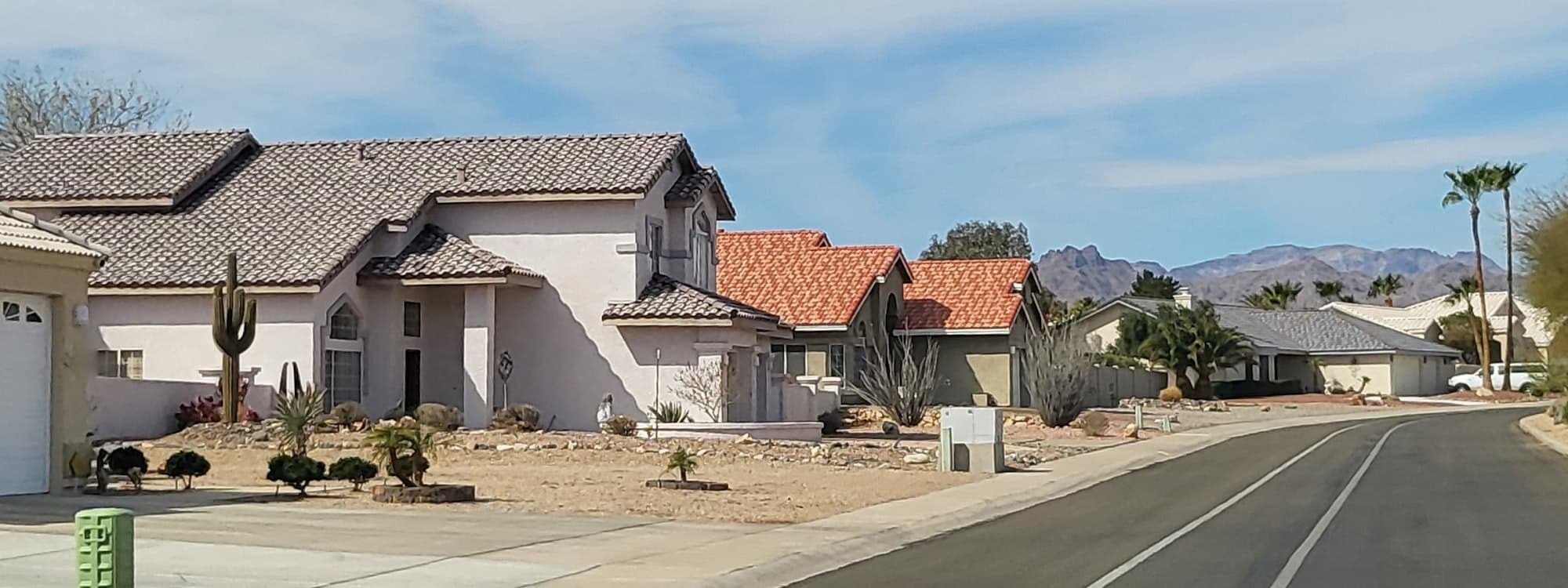Planting a garden in an arid environment can be a daunting task. However, with the right knowledge and tools, it’s entirely possible to create a vibrant, sustainable garden that requires little water and thrives in the toughest conditions. The key to this task is the use of native plants – plants that are naturally adapted to your local climate and soil conditions.
Understanding the Importance of Native Plants
Let’s dive into the world of native plants, why they are important, and how they can make your garden resilient, colorful, and low maintenance.
Dans le meme genre : What’s the Best Way to Create a Dedicated Craft Corner in a Multipurpose Room?
Native plants, as their name implies, are species that have evolved in a particular region over thousands of years. These plants have adapted to the climate, soil, and environmental conditions of the area, making them perfectly suited to thrive there.
Planting native species in your garden offers numerous advantages. They are naturally drought-tolerant, meaning they can survive with minimal water. This is particularly important in arid climates where water is scarce. In addition, native plants can provide habitat for local birds, insects, and other wildlife, promoting biodiversity in your garden.
A lire en complément : How Can You Design an Efficient Home Waste Sorting System?
Choosing the Right Plants for Your Garden
The first step in creating your low-water, native plant garden is selecting the right plants. This will require some research into the native plants of your area, their growth habits, water needs, sun requirements, and soil preferences.
In arid climates, look for plants that are naturally drought-tolerant and can handle full sun exposure. Succulents, cacti, and certain types of grasses and shrubs are well-adapted to these conditions. Some native flowers also thrive in dry conditions, adding a splash of color to your landscape.
Consider plants like the Agave, which is native to the southern and western United States and is extremely drought-tolerant. Or the Indian Blanket Flower, which is both drought and heat tolerant and produces bright red and yellow blooms. Another good option is the Blue Grama Grass, a perennial grass that can withstand dry, hot conditions and requires very little water.
Remember, it’s not just about choosing the right species, but also about designing your garden in a way that these plants thrive when planted together, mimicking their natural habitat.
Preparing the Soil
The next stage in constructing your native plant garden involves preparing the soil. Native plants will generally do well in the existing soil without needing much amendment. However, it’s always a good idea to get to know the soil in your garden better.
Your local extension service can provide soil testing services, which will give you information on soil type, pH level, and nutrient content. This can be useful in helping you understand which native plants will do best in your garden.
Remember, the goal is not to change your soil to suit certain plants, but rather to choose plants that are well adapted to the soil you have. This is the essence of a native plant garden and what makes it so resilient and low maintenance.
Planting and Ongoing Care
Planting your native plants involves more than just digging a hole and dropping in a plant. You’ll need to consider the individual needs of each plant, including how much space it needs to grow, how deep to plant it, and how much sun it requires.
Watering your garden is another crucial aspect to consider. While native plants are drought-tolerant, they will still need some water, especially in the first year as they establish their root systems. However, once established, these plants will require considerably less water than non-native plants.
Proper mulching can also help conserve water, reduce weeds, and improve soil health. Organic mulch like wood chips, straw, or compost can be spread around the base of your plants. This will help to retain moisture in the soil and protect the plants’ roots from temperature extremes.
Adding Aesthetic Appeal to Your Garden
Having a low-water, native plant garden doesn’t mean you have to sacrifice aesthetics. With a bit of thoughtful design, your garden can be both beautiful and sustainable.
Consider the heights, colors, and blooming times of your plants to create an appealing display throughout the seasons. For instance, you can plant taller grasses or shrubs as a backdrop for lower-growing flowers and succulents.
You can also create a sense of depth and movement in your garden by grouping similar plants together, or by using hardscape elements like rocks, pathways, or a garden bench.
In conclusion, creating a low-water, native plant garden in an arid climate is a sustainable and rewarding endeavor. Not only will it require less maintenance and water, but it will also contribute to local biodiversity and create a beautiful, unique space that reflects your local landscape.
Creating a Planting Plan Based on Your Local Hardiness Zones
Moving forward in our journey to construct a low-water garden, it’s highly beneficial to create a planting plan based on local hardiness zones. This ensures that the plants you choose can survive and thrive in your local climate and conditions.
The USDA Hardiness Zone Map divides North America into 13 zones, each of which represents an area of winter hardiness for the plants of agriculture. The zones are based on the average annual extreme minimum temperature during a 30-year period in the past, not the lowest temperature that has ever occurred in the past or might occur in the future.
Find out your zone by visiting the USDA Plant Hardiness Zone Map online and entering your zip code. Once you know your zone, you can choose plants that are rated for this zone or lower. For instance, if you live in zone 8, you can select plants rated for zones 8, 7, 6, etc. These plants will be able to withstand your area’s winter temperatures.
In arid climates, it’s also crucial to consider sun exposure and heat tolerance. Full sun plants, like many native to arid climates, require at least six hours of direct sunlight each day. Some can tolerate even more.
In addition to temperature and sun, consider the soil conditions in your yard. Choose plants that thrive in well-drained soil, as standing water can quickly lead to root rot and other diseases, especially in arid climates.
Selecting Low Maintenance, Easy-to-Grow Native Plants
A low-water, native plant garden in arid climates is not only sustainable but also low maintenance. For a vibrant yet easy-to-grow garden, a selection of tolerant native plants are your best bet.
Ground cover plants, for instance, are an excellent choice for their hardiness and ability to resist drought. These plants, such as Stonecrop Sedums, are known for their bright yellow flowers and can handle full sun and poor soil conditions. They need minimal care, making them perfect for a low maintenance garden.
For a pop of color, consider Desert Marigolds, which produce bright yellow flowers that stand out beautifully against the arid landscape. Being native to the southwestern United States, they are very drought tolerant and do well in full sun.
Shrubs like the Desert Willow or Velvet Mesquite also make excellent additions to a water wise garden. They are beautiful, hardy, and provide excellent shade for other plants. These shrubs are typically easy to grow and require little water once established.
The Blue Paloverde is a tree that produces gorgeous yellow flowers in the spring. It’s highly heat-resistant, requires well-drained soil, and is considered a low water tree.
Remember, a well-planned garden will take into account different bloom times to ensure there is always something in flower. By using native plants, you can create a garden that is vibrant year-round, attracting local wildlife and providing endless enjoyment.
Conclusion: Embracing the Beauty of Low-Water Native Plant Garden
Designing a low-water native plant garden in an arid climate might seem like a significant undertaking initially. However, once you understand the basics of using drought-tolerant plants suited to your local hardiness zones, the process becomes much simpler and enjoyable.
By selecting plants which thrive in full sun and well-drained soil, you can create a breathtaking garden that is both eco-friendly and water-wise. Whether you opt for bright yellow flowers, unique ground cover, or stately shrubs, your garden will be a testament to the natural beauty found in arid climates.
Moreover, emphasizing the use of native plants not only helps promote local biodiversity but also results in a garden that requires less maintenance, and is easier to grow and care for.
In conclusion, embracing the use of native plants in an arid climate garden is not just about conservation of resources, but also about celebrating the unique and diverse plant life that exists in these conditions. A well-designed native plant garden is a landscape design triumph and a tribute to nature’s resilience.






